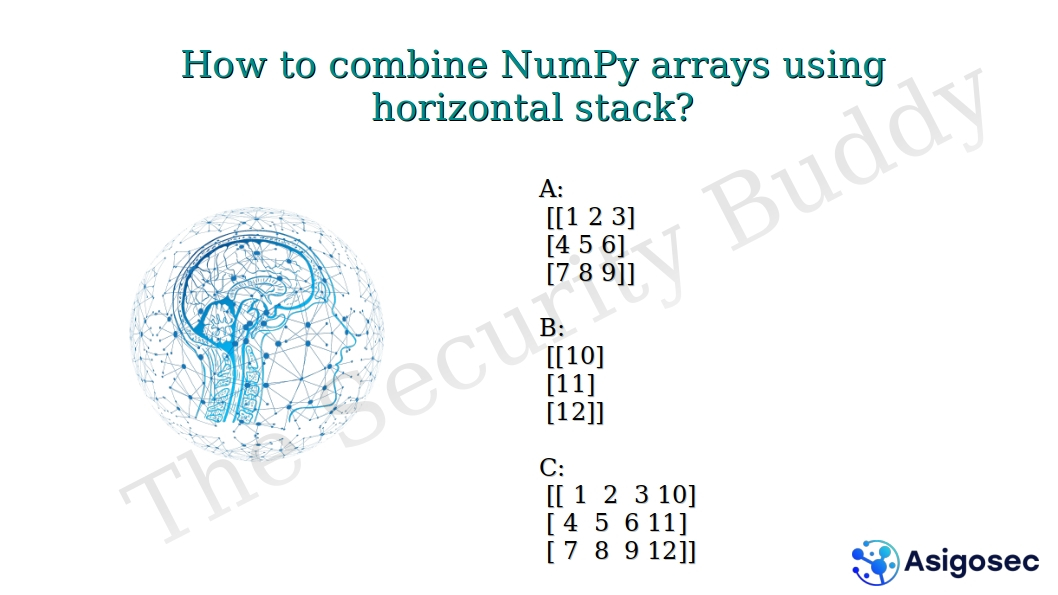What is equal frequency discretization?
Let’s say a column in a dataset contains continuous numerical values, such as age, weight, price, etc. Now, we want to convert the continuous numerical values into discrete intervals. This process of converting continuous numerical values into discrete intervals is known as discretization.
There are different methods for discretization. In this article, we will discuss equal-frequency discretization.
In equal-frequency discretization, the widths of the intervals are adjusted in such a way that every interval or bin contains an equal number of values. As a result, the bin width may not be the same for all the bins, but there will be an equal number of values in each bin.
How to perform equal frequency discretization using pandas?
We can use the pandas.qcut() function to perform equal frequency discretization. For example, let’s read the diamonds dataset and perform equal frequency discretization on the price column of the dataset. We can use the following Python code for that purpose:
import seaborn
import pandas
df = seaborn.load_dataset("diamonds")
df["price"] = pandas.qcut(x=df["price"], q=3, labels=["low", "medium", "high"])
print(df.price.value_counts())
Please note that the x parameter in the qcut() function indicates that the price column is being discretized. The q parameter …








































0 Comments